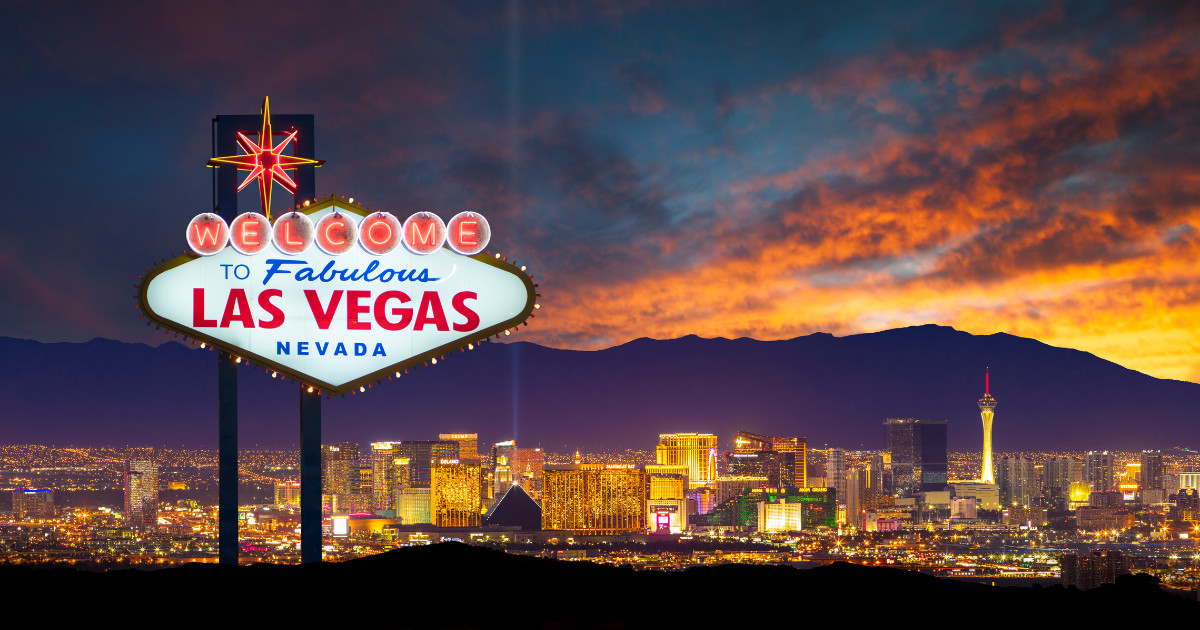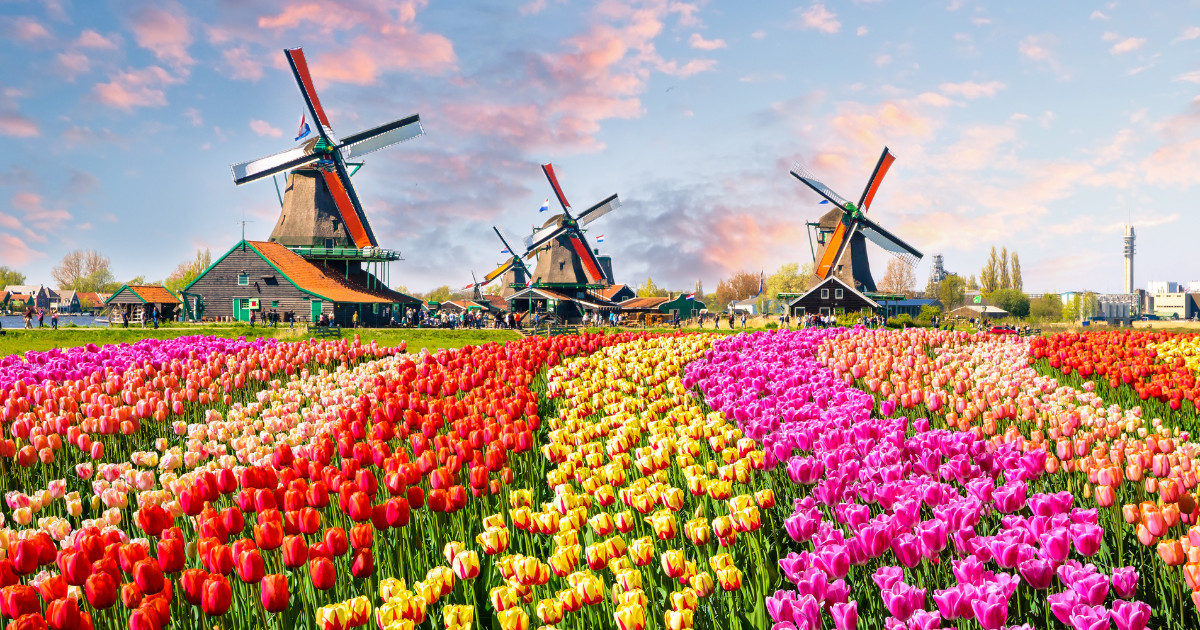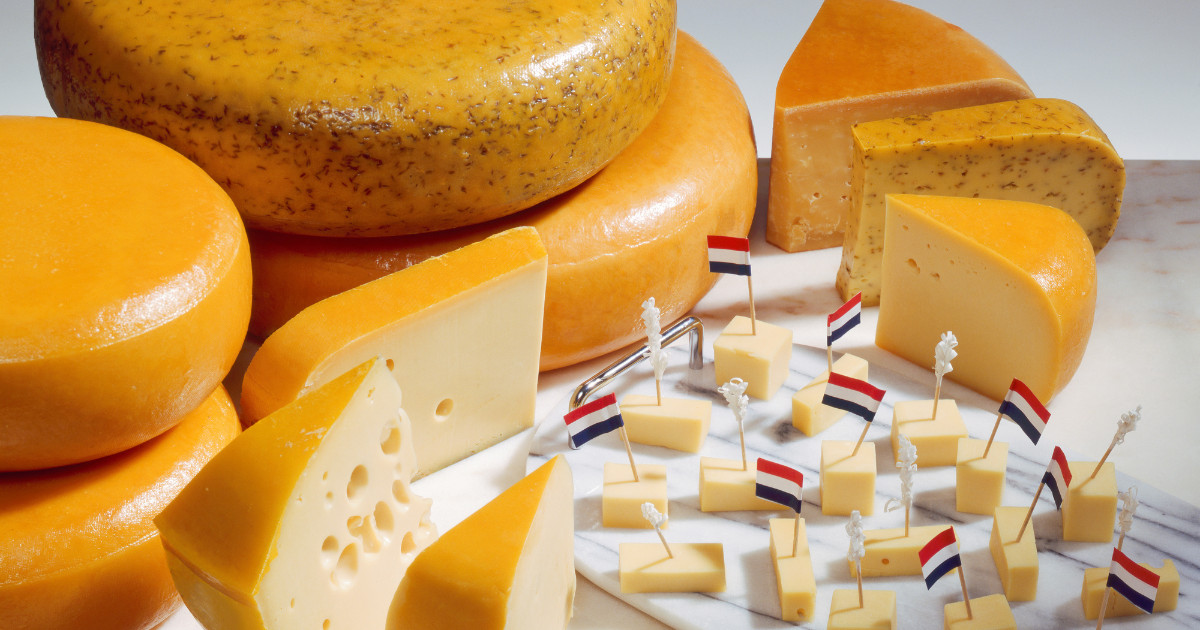Las Vegas, the shimmering jewel of the desert, has a history as rich as the lights adorn its contemporary skyline. More than just a gambler’s paradise, there’s a multi-layered tale that threads through this oasis. It’s a narrative laced with speakeasies, storied mobsters, and show-stopping entertainment, set against a backdrop of cactus and desolation before erupting into the vibrant metropolis it is today. If you’re the kind of traveller who craves a blend of old-world charm and modern excitement, Las Vegas is the ultimate destination to indulge in both. Join us on a thrilling narrative of exploration, tracing the steps of Sin City’s past and marvelling at its modern-day triumphs.
A Glimpse Into Vegas’ Yesteryears
In the heart of Las Vegas, where the glitz of the Strip is but a quick turn away, lies the city’s cultural anchor — the Downtown area. Known as Glitter Gulch in the early to mid-20th century, it was the epicentre of gaming and a bastion for those who sought to push the boundaries of entertainment. This is where the first neon signs flickered to life, an art form in its own right that has become iconic to Vegas’s aesthetic. For history buffs, there’s a wealth of lore to uncover in these streets that once hosted the Rat Pack and countless other legends.
Sheltered away from the neon glow, Las Vegas’s heritage villages stand stoic, offering a glimpse of the past. From the famed Las Vegas Mormon Fort built in 1855 — the city’s oldest non-native American building — to the Neon Museum, where retired signs shine in a neon boneyard, each relic tells a story. The fountains at the Bellagio, often seen as a modern marvel, are shadowed in comparison to their antique neighbours when viewed through the lens of time.
The Mob and the Making of Modern Vegas
The influence of organised crime on Vegas’s development is no secret. The city was a well-run, money-making machine for the Mob, but it was also a petri dish for grand visions and swanky accommodations. The 1960s saw the original A-Frame design of the Stardust Hotel, epitomising modern Vegas kitsch, and the infamous “Rat Pack” owning the spotlight at the Sands. Tourists today pay homage to this era at the Mob Museum, which is housed in the former courthouse where the 1950 Kefauver hearings into organised crime took place.
The Mob’s departure left a vacuum that was filled by corporate America. The result? The Strip went through an unparalleled transformation, with multibillion-dollar casinos rising from the desert floor. The new wave of resorts redefined opulence, integrating sophisticated engineering and modern technology for a jaw-dropping effect. The likes of The Venetian and Wynn Las Vegas are architectural wonders, transporting guests to a gondola ride in Venice or the spectacle of a floral carousel, all under one roof. The serenade of the skyline at night is a testament to light pollution laws, which ensure that Vegas’ luminosity rivals that of Times Square, albeit with a flamboyant flair.
The Beat Goes On: Cultural Enclaves of Today
Amidst the revelry, modern Vegas is emerging as more than a one-trick pony —beyond the gaming tables, there’s a growing arts and cultural scene. The emergence of the Arts District has transformed older industrial areas into a haven for artists, galleries, and trendy bars. The scene is fuelled by monthly arts events and serves as a canvas for murals, which line the streets like an open-air museum.
Even the gaming industry has adapted to a new age with the rise of e-sports and VR arcades providing immersive, virtual experiences. This diversification paves the way for a new generation of tourists who might have yet to have the dice or cards in mind and for families who seek a holiday that offers something for everyone. It’s a reminder that even in the entertainment capital of the world, one can still carve out quiet moments and unique, non-traditional memories.
The Soul of Vegas: Community and Tradition
It’s only possible to tell the story of Las Vegas by mentioning the tight-knit communities outside the Strip. The city, for all its flare and flamboyance, is more than just a tourist haven. It is a bastion of cultural diversity and community resilience, reflected in its neighbourhoods, local businesses, and numerous cultural events. Festivals like Helldorado Days, which date back to the 1930s, and the Las Vegas Greek Food Festival celebrate a rich tapestry of traditions that are as much a part of Vegas’s heritage as the Strip itself.
This connection to community roots is at the heart of what makes Las Vegas such a compelling destination. It’s a place where the past is not only commemorated but is also alive in local customs and the vibrant pulse of everyday life. The dichotomy between the glitz of the Strip and the warmth of local gatherings underscores the rich tapestry that is Vegas.
Las Vegas — A Timeline in Your Travels
To fully appreciate Las Vegas is to acknowledge its timeline and to engage with both the old and the new. Here’s a tailor-made travel plan to ensure you experience the spectrum of Vegas’s allure:
- Day 1: Begin your adventure by visiting the Downtown area and checking out the historic landmarks and attractions. Spend the evening at the Fremont Street Experience, where the past meets the present in a dazzling multimedia show set to iconic music.
- Day 2: Take a tour of the Strip and visit some of the city’s most famous casinos. Marvel at the engineering wonders such as the Eiffel Tower in Paris Las Vegas, and make time for a show or two, perhaps one with legendary roots.
- Day 3: Delve into the city’s artistic side at the Arts District and enjoy a drink at a local craft brewery or distillery. Sample cuisines from around the world at local eateries and immerse yourself in the thriving local scene.
- Day 4: Escape the city for a day tour of the surrounding desert and visit attractions such as the Valley of Fire State Park, with its ancient petroglyphs, or take a hot air balloon ride over the red rock formations.
- Day 5: Sign up for a behind the scenes tour at one of the Strip’s iconic resorts to gain insight into the effort that goes into maintaining Vegas’s grand facades. Wrap up your trip with a visit to a local cultural festival, if the timing aligns, to connect with the heartbeat of the city.
Las Vegas is a city that never ceases to reinvent itself, and your travels through its old and new landmarks will leave you with a greater appreciation for its indomitable spirit. Next time you pack your bags for the City of Lights, remember that your adventure isn’t just about the immediate spectacle — it’s about the layers of stories that wait for you to uncover.






